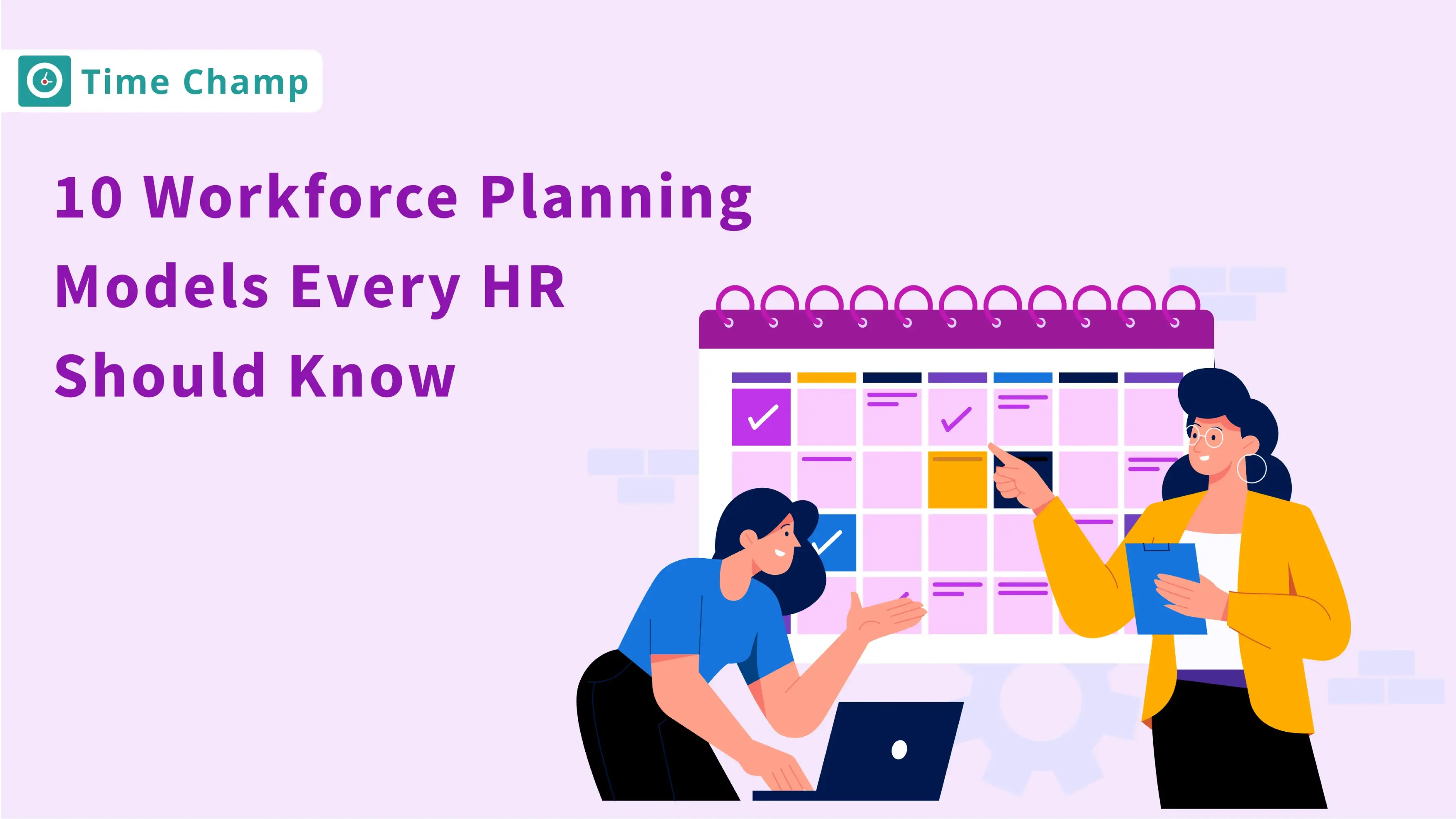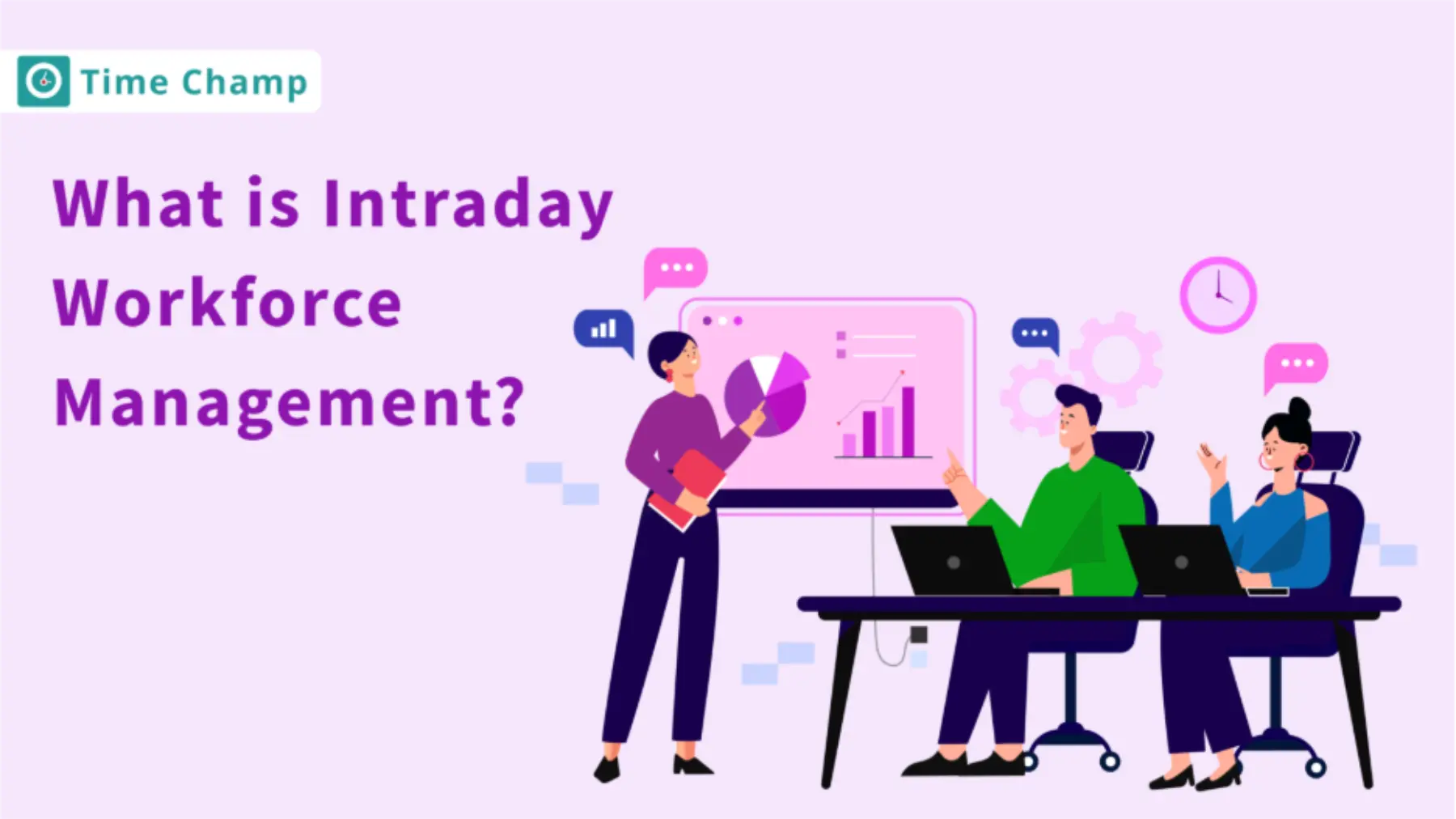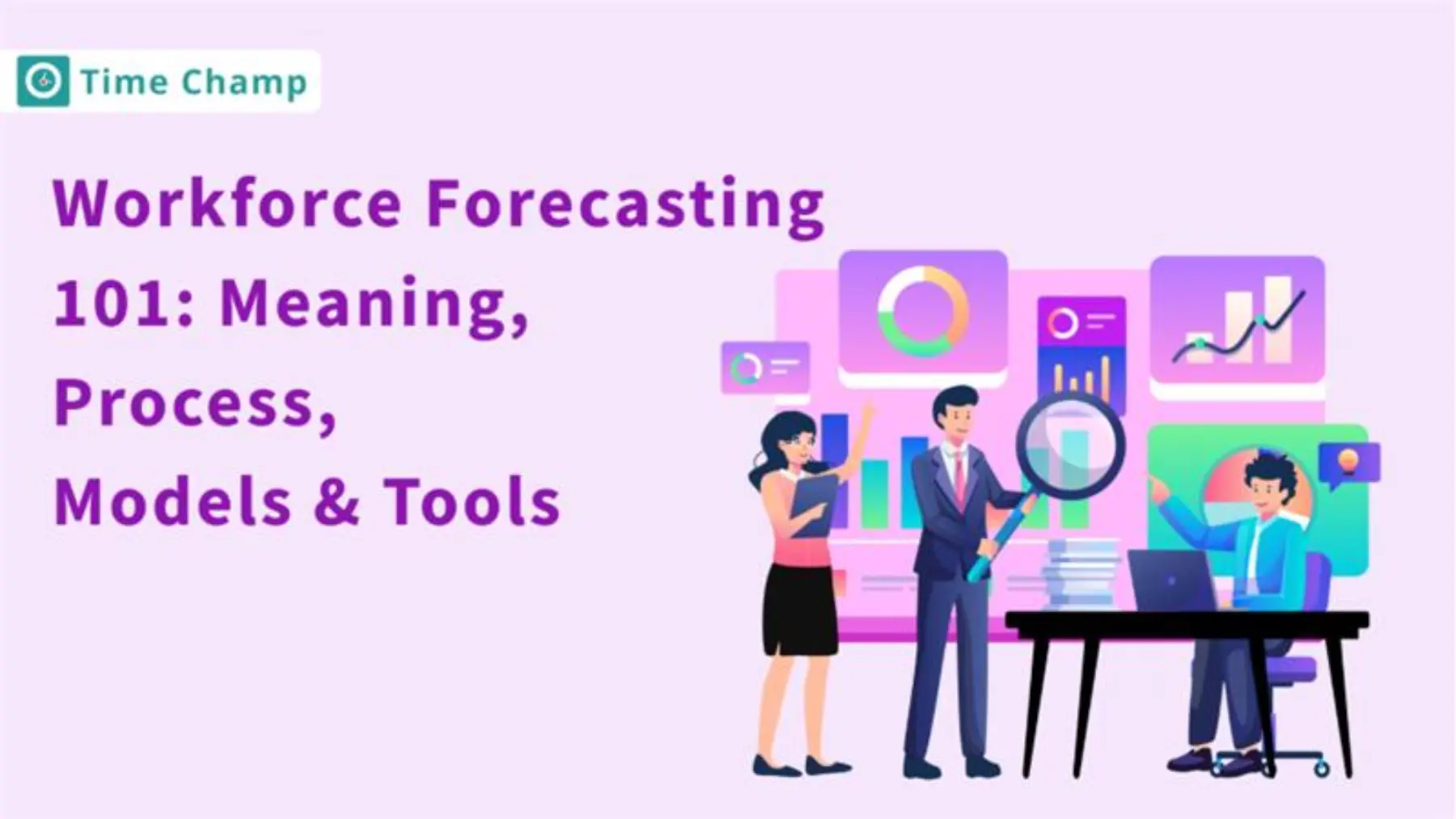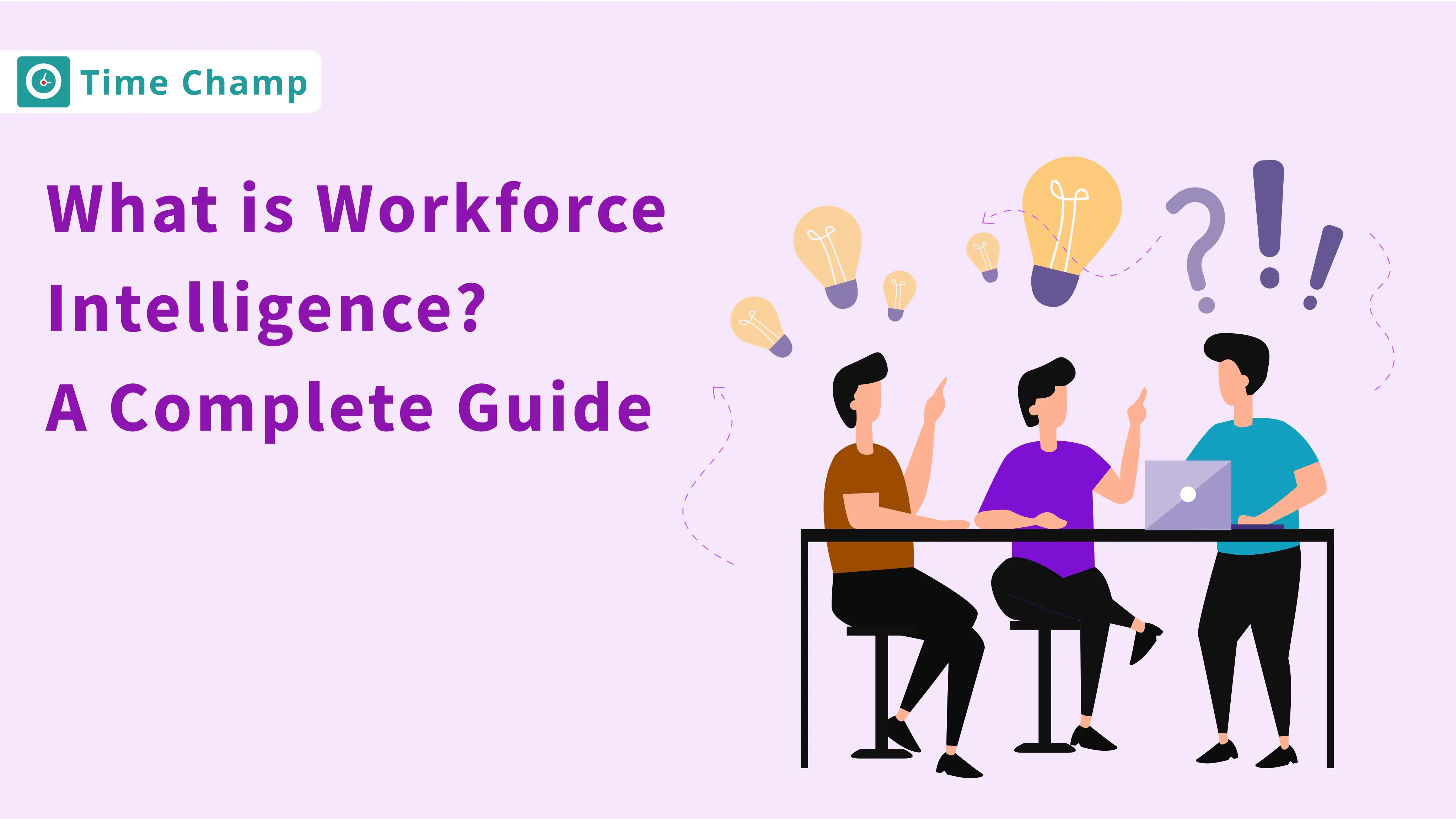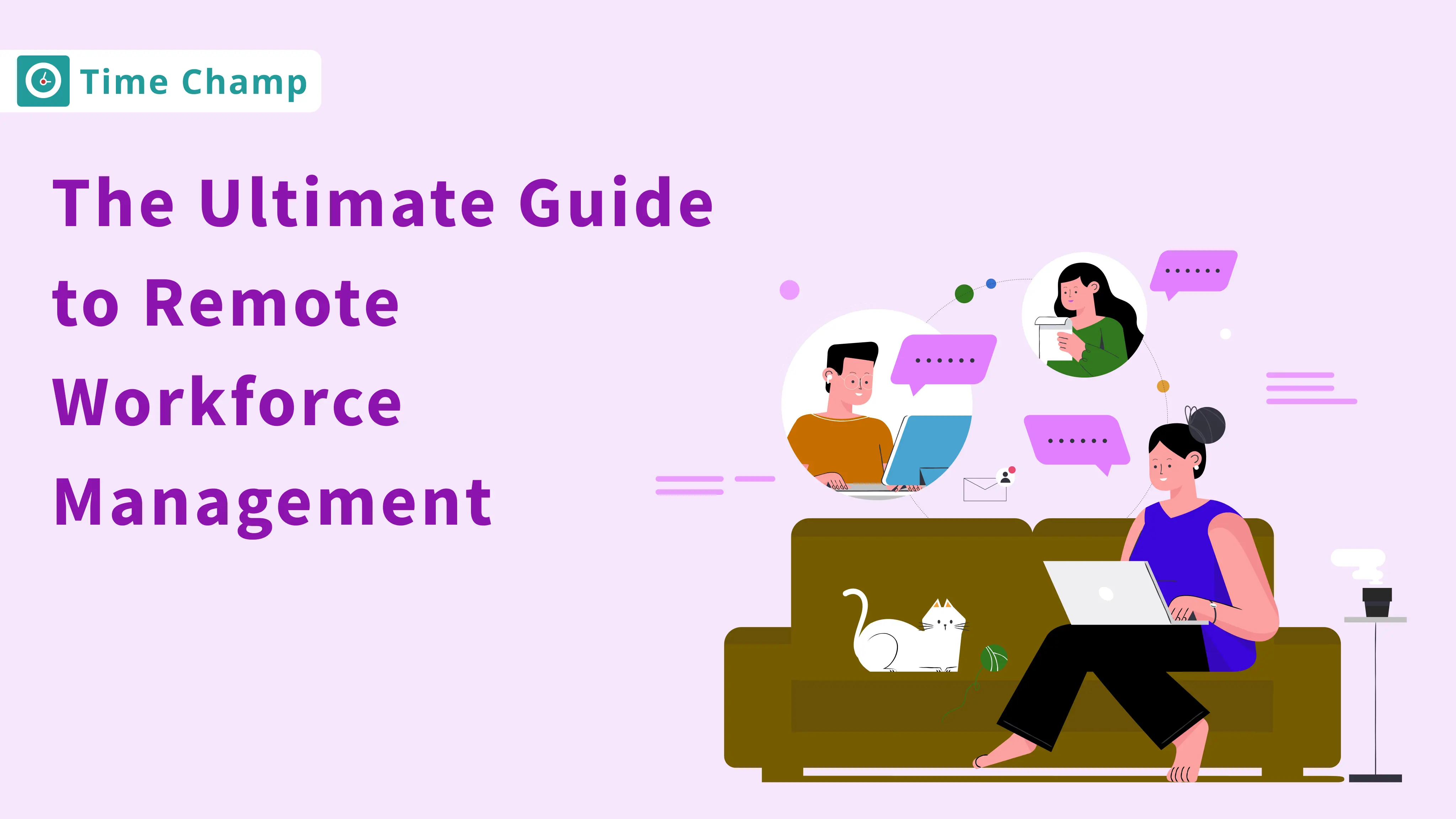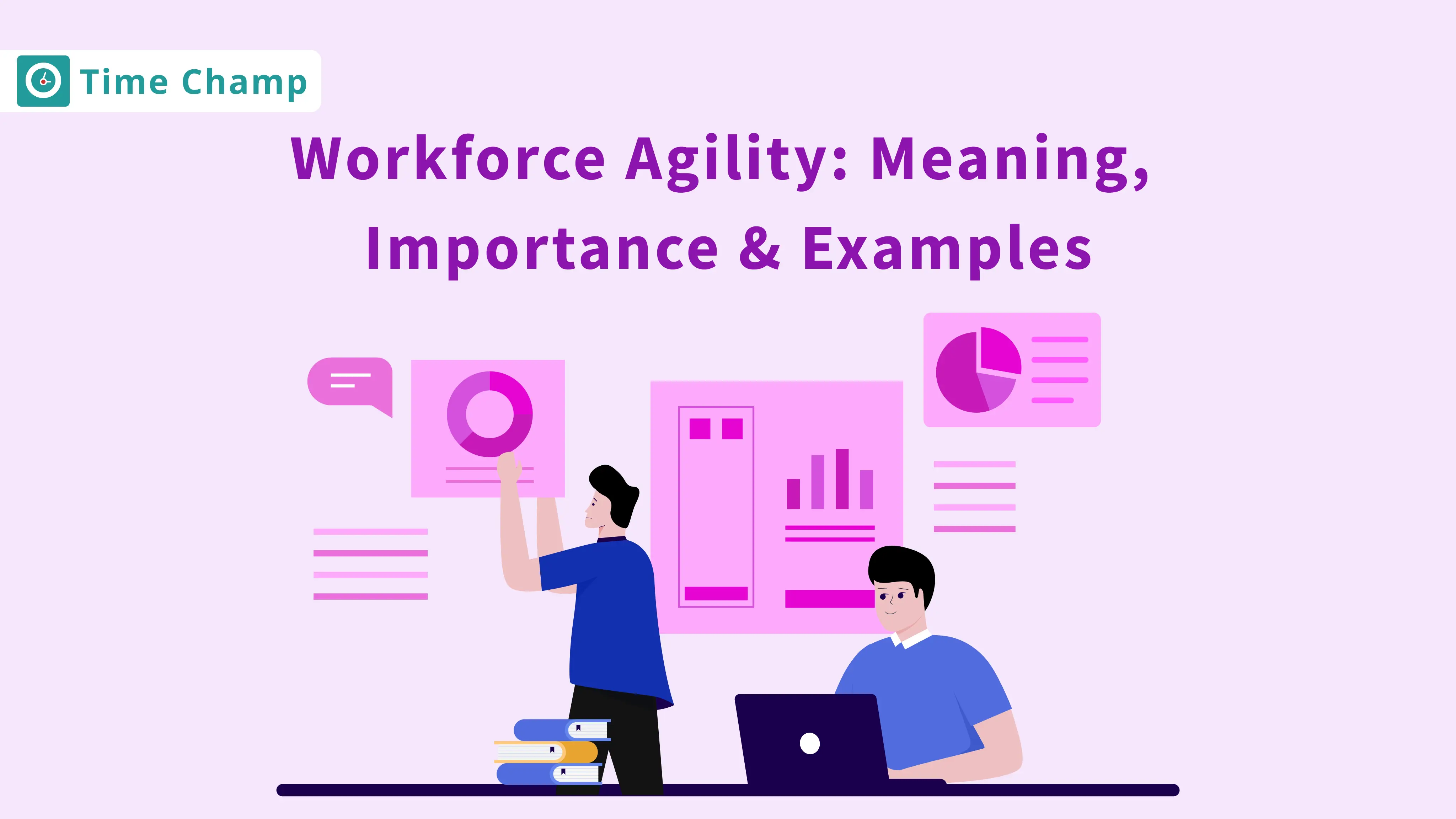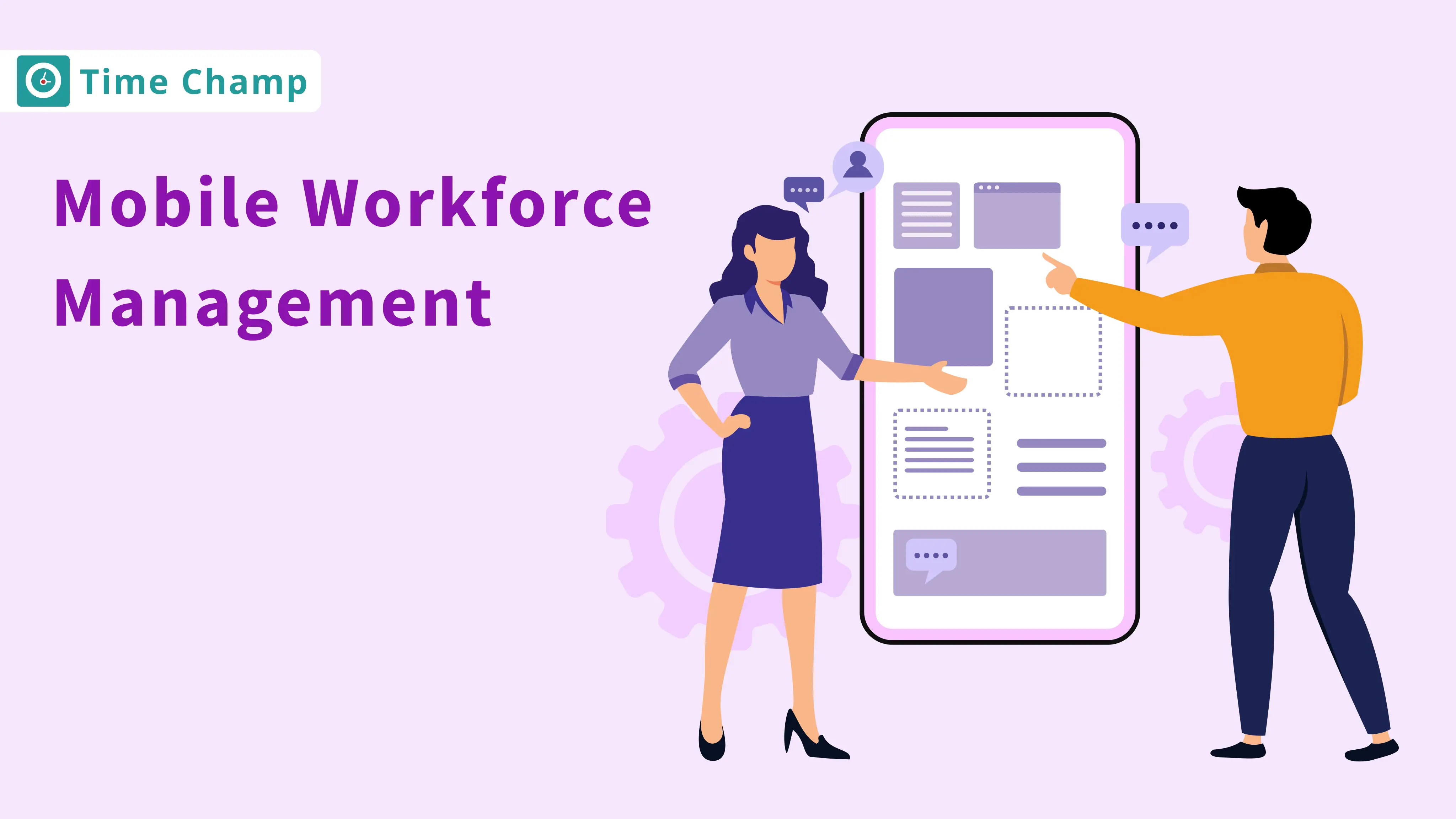Did you know that 63% of employers say skills gaps are the biggest barrier to business transformation? At the same time, more than half of business leaders (51%) worry about future talent shortages, and only 32% believe their workforce has skills that will remain useful in the years ahead. For HR leaders and business decision-makers, this creates constant pressure, causing HR leaders to struggle to fill roles quickly, juggle rising costs, and keep teams engaged while the market shifts.
That’s where workforce planning models come in. They act like strategic blueprints, helping you forecast talent needs, balance workloads, and stay agile in a world where change is the only constant. In this blog, we’ll break down different workforce planning models, why they matter, and how you can choose the best fit to build a future-ready workforce.
What Are Workforce Planning Models?
Workforce planning models are structured approaches that organisations use to anticipate staffing needs and align talent with long-term goals. These models offer a well-defined structure of forecasting demand, determining required skills, and making sure that the right individuals are on hand at the times that the business needs them the most.
Think of them as decision-making guides. They assist leaders in responding to such important questions as: How many employees will we need in the next year? What skills are essential to support growth? Where should we invest in training or hiring? Using a model helps companies make informed choices, allowing them to stay ahead instead of reacting to problems after they arise.
Every model has its own focus; some are better at addressing immediate operational requirements, while others are designed for long-term strategic planning. Together, they give businesses the flexibility to stay prepared, whether it’s managing seasonal demand, scaling into new markets, or responding to unexpected changes.
What Are the 10 Types of Workforce Planning Models?
According to the World Economic Forum, 63% of employers see skills shortages in the local labour market as the most significant obstacle to business transformation in the 2025-2030 period. For organisations that have unclear workforce planning, there will be talent gaps, the cost of labour will increase, and general growth will stagnate.
This is why workforce planning models are important because they provide the HR leader with the necessary framework to align people with business needs. Here are the 10 proven models and why they matter for building a resilient, future-ready workforce.
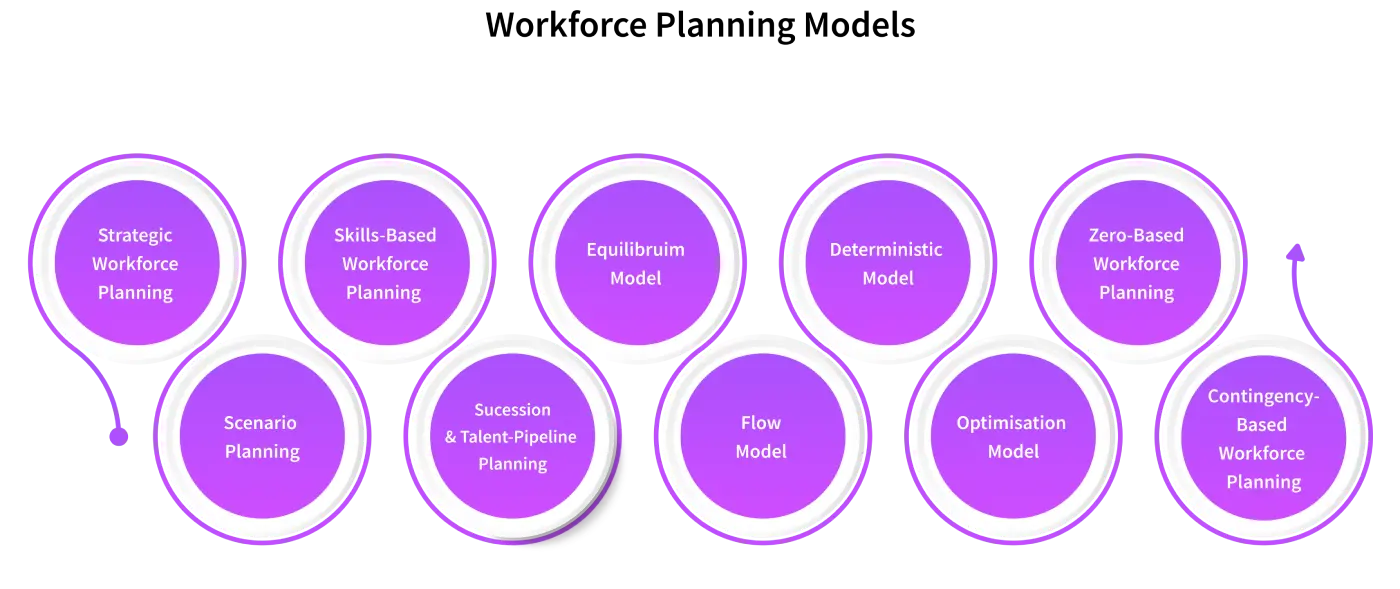
1. Strategic Workforce Planning (SWP)- The Umbrella Framework
Strategic workforce planning is a cross-functional process that translates business strategy into people strategy: forecast demand for roles and skills over a medium-to-long horizon, inventory current supply, identify gaps, and put in place targeted interventions (hire, train, redeploy, automation). It brings together finance, product, and people planning, so decisions about headcount and skills are directly linked to key business metrics like ARR, CAC, and LTV.
Example: A SaaS head of people builds a 12–24-month SWP tied to the product roadmap: forecast new backend engineers needed for a major platform release, map customer success capacity to projected ARR growth, and budget L&D to reskill QA engineers into SRE roles.
Despite its importance, Deloitte established that just 11% of organisations become strategically mature in workforce planning. This gap is a clear chance for HR leaders to shift from tactical headcount tracking to a more impactful, business-driving approach.
2. Scenario Planning Model
Scenario planning creates different possible futures, like best case, base case, downside, or disruption, and maps out what each would mean for the workforce. It surfaces trigger points and contingency actions so HR teams can switch plans when signals appear. Scenario planning is a technique to add agility and risk management to SWP.
Example: Create three possible scenarios for the next 18 months:
(A) Fast growth at ARR following a market expansion (hire + CSM scale).
(B) Flat growth (hold hires, redeploy L&D).
(C) Churn spike after a competitor move (increase retention specialists, pause non-critical hires).
Define financial guardrails for each scenario so hiring managers can run “what-if” decisions quickly.
3. Skills-Based Workforce Planning
Instead of planning by job title or headcount alone, this approach maps capability needs (skills and competencies) against the current talent supply and the skills required for future growth. It prioritises reskilling, internal mobility, and skills inventories as the core planning signal.
Example: Suppose a company plans to expand its sales operations into a new region. HR conducts a skills assessment and discovers that while the team has strong closing abilities, there’s a gap in multilingual communication and regional compliance knowledge. Instead of hiring entirely new staff, the company invests in language training and targeted workshops for existing employees, preparing them for expansion while saving on recruitment costs. This approach also boosts employee engagement and retention, as staff feel valued and invested in.
4. Succession & Talent-Pipeline Planning
Succession and talent-pipeline planning ensure that critical roles in the organisation are never left vacant. Instead of waiting until someone resigns or retires, HR identifies key positions in advance and builds a pool of potential successors. This involves preparing internal employees through mentoring, training, and career development, while also keeping external candidates in view if needed. This ultimately leads to leadership stability and business continuity.
Example: The positions of Head of Sales, Customer Success Manager, etc., in the company play a crucial role in securing revenue and retaining clients. HR identifies high-performing team members who show leadership potential and enrols them in a 12-month development program with coaching and cross-functional projects. This way, if a senior leader exists, the company has a ready successor, avoiding disruption to customer relationships or sales momentum.
5. Equilibrium (Supply-Demand) Model
Equilibrium models help balance workforce availability (employees and contractors) with demand factors like customer needs and seasonal trends, taking skill gaps into account. The goal is to reach a sustainable balance between labour availability and operational need.
Example: Support teams are key to keeping customers happy. HR maps ticket volumes against available staff and skills across time zones, then assigns the right mix of full-time employees and contractors. This ensures service levels are met, workloads stay manageable, and costs remain under control.
6. Flow (Stock-and-Flow / Markov) Model
Flow models treat the workforce as a system of movement: hires → promotions → exits. Markov analysis and career-path modelling estimate probabilities of transitions and time-in-role to forecast future capacity. This model is particularly useful for analysing long-term internal mobility or succession analysis.
Example: Evaluate the engineering workforce to predict the number of mid-level engineers who will become seniors in the coming 12 months and the number of juniors who will probably churn. Based on this, plan entry-level hiring to keep the talent pipeline strong and balanced.
7. Deterministic (Trend / Fixed-Ratio) Model
The deterministic model uses fixed ratios or historical trends to predict future staffing needs. It assumes that the relationship between business growth and workforce requirements stays consistent over time. Due to its simplicity, the deterministic model is often used early in planning, or when staffing needs can be easily predicted. But it might not fit well in case there is a market condition or business model change.
Example: Assume that the sales team plans to add 1,000 new customers. HR then estimates that 10 additional support representatives will be needed. This allows the company to plan ahead efficiently without relying on complex forecasting.
8. Optimisation Models (Mathematical / Operational)
The mathematical techniques (linear programming, integer programming) involved in the model of optimisation to identify the most efficient allocation of people under constraints (cost, skills, shift coverage). They’re often used for rostering, capacity allocation and cost minimisation.
Example: Optimise support rotations across global time zones to reduce costs while maintaining 24/7 coverage for premium customers. Alternatively, assign engineers to product projects to optimise throughput based on available engineering resources.
9. Zero-Based Workforce Planning
Zero-based workforce planning (inspired by zero-based budgeting) starts each planning cycle from “zero”. Every role and hour should be assessed as per the current needs and strategic priorities, as opposed to carrying forward those of the last period. This approach helps identify inefficiencies and redirect resources to work that adds the most value.
Example: In a cost-cutting phase or after new funding, a company might use zero-based workforce planning to review every role from scratch. Only positions that directly support key business goals are kept, while others are paused or reallocated. This will make sure that resources are taken to where they add the most value.
10. Contingency-Based Workforce Planning
Contingency-based workforce planning is all about creating backup plans when unexpected events occur, such as sudden attrition, economic recession, or an unexpected surge in demand for services or products. HR teams build “what-if” staffing strategies to ensure critical operations are not disrupted.
Example: A firm can maintain a base of trained contractors or cross-train employees in order to fill critical positions as necessary. This helps provide business continuity even in times of unpredictable difficulties.
Conclusion
Workforce planning models serve as practical tools that help organisations stay prepared, agile, and competitive. Applying the right model enables HR leaders to anticipate talent needs, address skill gaps, and align resources with business priorities. The key is to choose the approach that fits your company’s stage, goals, and challenges, rather than treating workforce planning as a one-size-fits-all exercise. A structured workforce planning model helps organisations anticipate change and take control of their future, ready to act with confidence.
Frequently Asked Questions
The appropriate model is based on the size of your organisation, industry, growth stage and priorities. Some models focus on long-term planning, while others are better for short-term needs or skill-based planning.
The first phase is workforce analysis and demand forecasting. During this phase, HR evaluates the existing workforce capacity, determines future staffing requirements and forecasts skills shortage, but as per the business objectives and the projected growth. This provides the basis for any future planning.
Workforce planning models provide organisations with an effective road map to forecasting staffing requirements even before they arise. They assist in the management of labour expenses through matching labour and resources to the real demand. At the same time, they support skill development and retention by ensuring employees are placed where they can add the most value.
Absolutely. Although the complex models might be required to be used by large companies, simpler models can be applied in smaller businesses to make growth sustainable and manage resources adequately.

